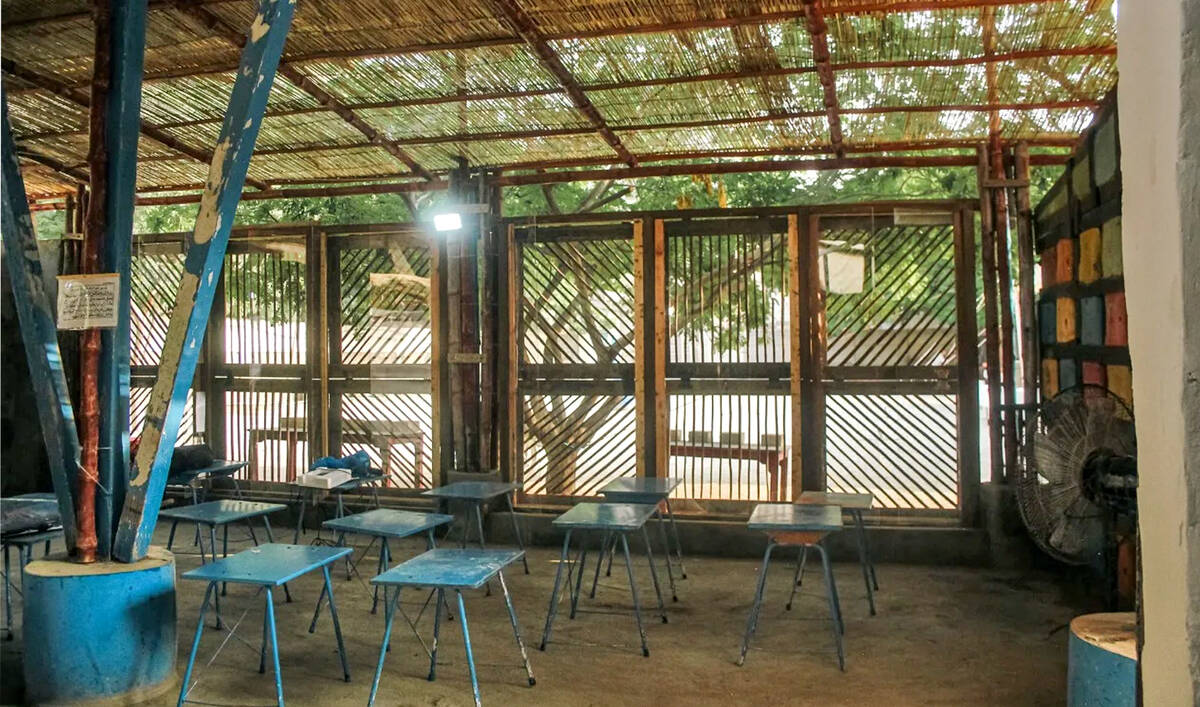ISLAMABAD: Pakistan on Friday expressed solidarity with Myanmar and Thailand after a powerful earthquake killed more than 150 people and injured hundreds in the two Southeast Asian countries.
The shallow 7.7-magnitude tremor hit northwest of the city of Sagaing in central Myanmar in the early afternoon, and was followed minutes later by a 6.4-magnitude aftershock.
The quake flattened buildings, downed bridges, and cracked roads across swathes of Myanmar, and even demolished a 30-story skyscraper under construction hundreds of kilometers (miles) away in Bangkok.
The Foreign Office in Islamabad said the Pakistani people were saddened by the heartbreaking news of the devastating earthquake and their thoughts were with everyone impacted by this tragedy.
‚ÄúWe applaud the courageous individuals and emergency responders who are working diligently on the ground to deliver rescue and relief efforts. Their bravery and commitment during this urgent time are truly admirable,‚ÄĚ it said.
‚ÄúWe express our solidarity with the governments and communities affected during this challenging period. May strength and resilience lead those impacted toward healing and recovery.‚ÄĚ
While the full extent of the catastrophe is yet to emerge, the leader of isolated Myanmar, in the grip of a civil war, issued a rare plea for international aid.
Junta chief Min Aung Hlaing said 144 people had been killed, with 732 confirmed injured, but warned the toll was ‚Äúlikely to rise.‚ÄĚ Eight deaths have been confirmed so far in Thailand, with more expected.
‚ÄúIn some places, some buildings collapsed,‚ÄĚ he said in a televised speech. ‚ÄúI would like to invite any country, any organization, or anyone in Myanmar to come and help. Thank you.‚ÄĚ
Across the border in Thailand, a 30-story skyscraper under construction collapsed to a tangled heap of rubble and dust in a matter of seconds.
Interior Minister Anutin Charnvirakul said eight dead bodies have been recovered and, with between 90 and 110 people unaccounted for, the toll is expected to rise.
‚ÄúWe see several dead bodies under the rubble. We will take time to bring the bodies out to avoid any further collapses,‚ÄĚ he told reporters.
Earthquakes are relatively common in Myanmar, where six strong quakes of 7.0 magnitude or more struck between 1930 and 1956 near the Sagaing Fault, which runs north to south through the center of the country, according to the United States Geological Survey (USGS).
A powerful 6.8-magnitude earthquake in the ancient capital Bagan in central Myanmar killed three people in 2016, also toppling spires and crumbling temple walls at the tourist destination.
Islamabad expresses solidarity with Myanmar, Thailand after earthquake kills over 150
https://arab.news/6mjk4
Islamabad expresses solidarity with Myanmar, Thailand after earthquake kills over 150

- The shallow 7.7-magnitude tremor hit Myanmar’s Sagaing on Friday afternoon and was followed minutes later by a 6.4-magnitude aftershock
- The quake flattened buildings, downed bridges, and cracked roads across swathes of Myanmar, demolished a 30-story skyscraper in Bangkok

















